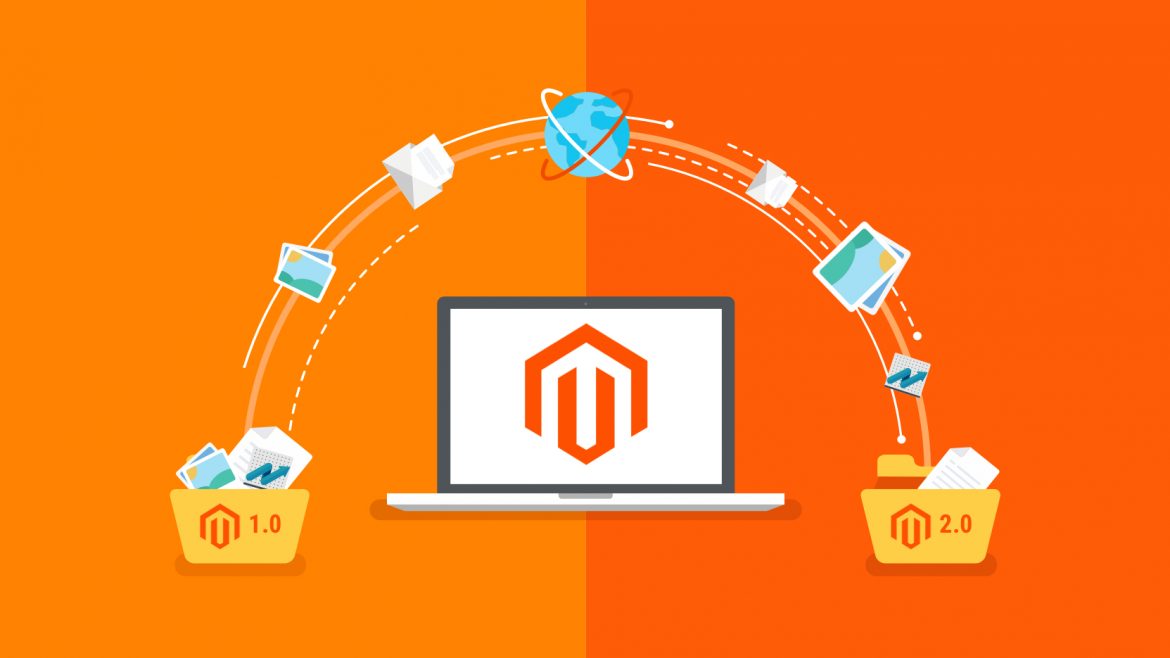When you compare Magento 2 Vs Magento 1 performance, there are a number of noticeable differences that will help you decide which platform to use for your ecommerce operation. In this article, we’ll take a look at some of these differences in detail. We’ll also look at the advantages and disadvantages of both options, so that you can make an informed decision. When possible, we’ll show you both test cases, so
that you can be sure you are comparing apples to apples.
Codebase And Database:
There were significant code rearrangement and backwards compatibility issue resolved with the release of Magento 2. This involved migrating various codes from Magento 1, as well as, migrating the admin areas. This has been done with an eye to improving the functionality of the site, while, simultaneously, reducing the maintenance burden for users. It is important to note that even after the migrations, there may be some leftover data migration issues, as not all modules may be completely rewritten for every step. This would mean that some functionality will still remain, which can be a source of some frustration for developers.

Optimal Implementation Of Data Migration Feature:
With the recent introduction of the module system in Magento 2, it is now very easy to build a fully functional e-commerce solution with less hassle of data migration process. In the Magento 2, it is possible to integrate different modules and store all relevant data at one place, in a very simplified manner. The Magento administrator is then able to update any information from any module, while taking care of the entire migration process from start to finish. It’s very important to take advantage of this great feature, as it makes the entire task very convenient. When opting for the best Magento developer, it is important to ensure that they have the ability to use the module system effectively to make the entire migration process smooth and effective.
Scalable Complexity:
While both are robust, their main difference lies on the type of architecture that is used in each platform. Both are designed to handle large number of customers, while providing the capability of customization at the same time. For Magento 2 users, a customized checkout process that suits their business needs can be built, while for Magento 1, a much simpler setup is possible. There may be cases where both platforms can be used to handle various business needs, but this depends on the business requirements of each individual case.

Advanced Reporting Features:
Magento 2 has a lot of advanced functionality compared to its predecessor. There are several extensions available in the market that can be easily integrated in to Magento, which offers the possibility of creating custom
and user-friendly layouts, as well as adding new features to the core platform itself. The reports generated by the Magento framework are very customizable and provide comprehensive information about product orders and interactions with customers. With the help of advanced reporting features, a Magento site can be made more customized and user-friendly, so that it can run seamlessly along with various other extensions and plugins.
Customization Options:
A great deal of customization options are available in both the platforms that an owner can easily utilize to change the appearance and functionality of the site. There are various themes available to transform the look of the entire system and customize it according to individual business needs. For Magento 2, there are lots of extensions that can be easily integrated into the system, while for Magento 1, several themes can be used to completely redesign the whole site.
However, it must be mentioned that both the systems have their own advantages and disadvantages, depending upon individual needs and preferences. While there may be similarities in the core modules, they do differ in the extent of functionality. For Magento 2, it offers extensive amount of plugins and extensions, while on the other
hand, extensions for both the platforms are a source of constant source of problems and bugs, as they contain bugs that are not spotted by the core developers and designers.


